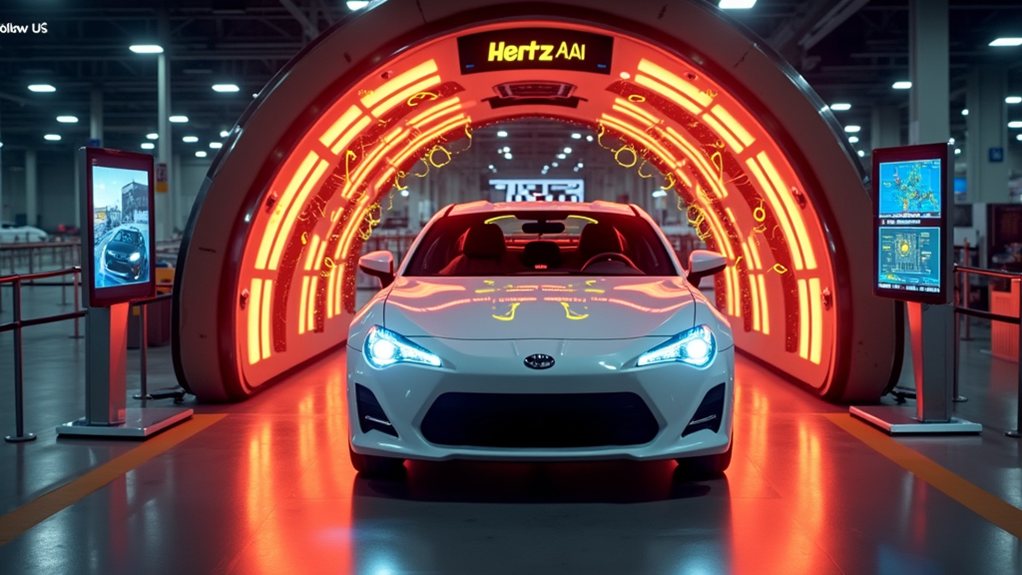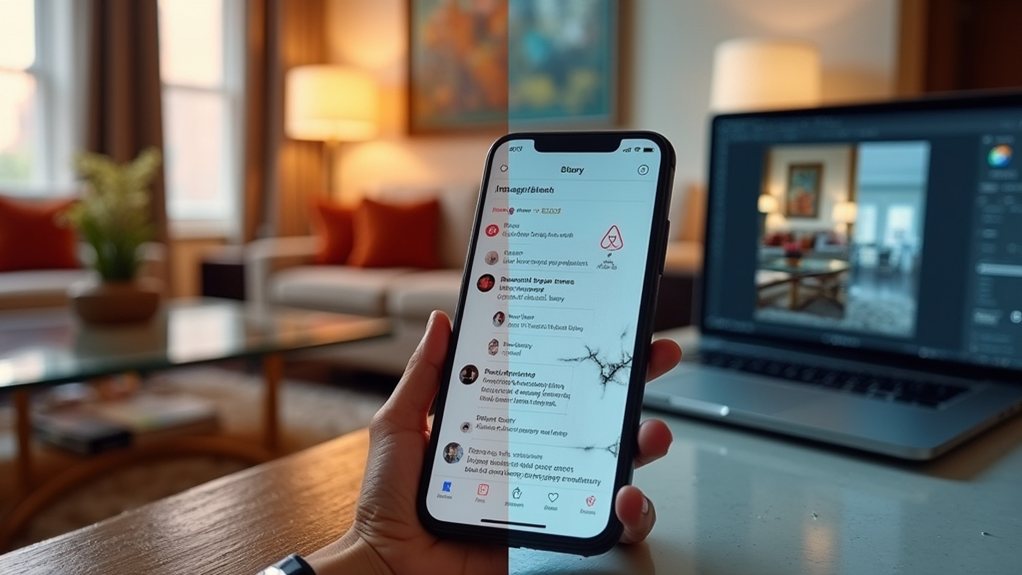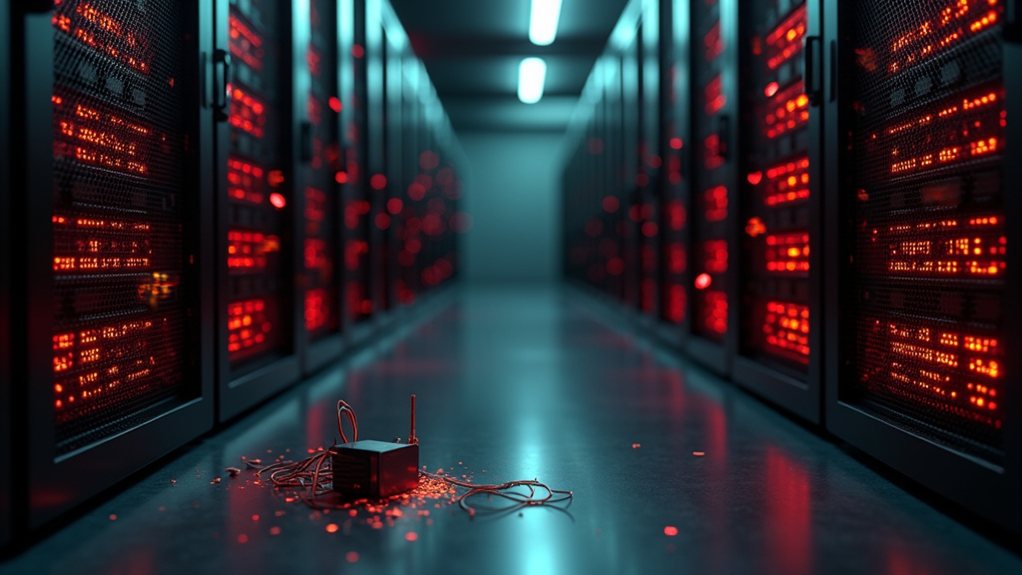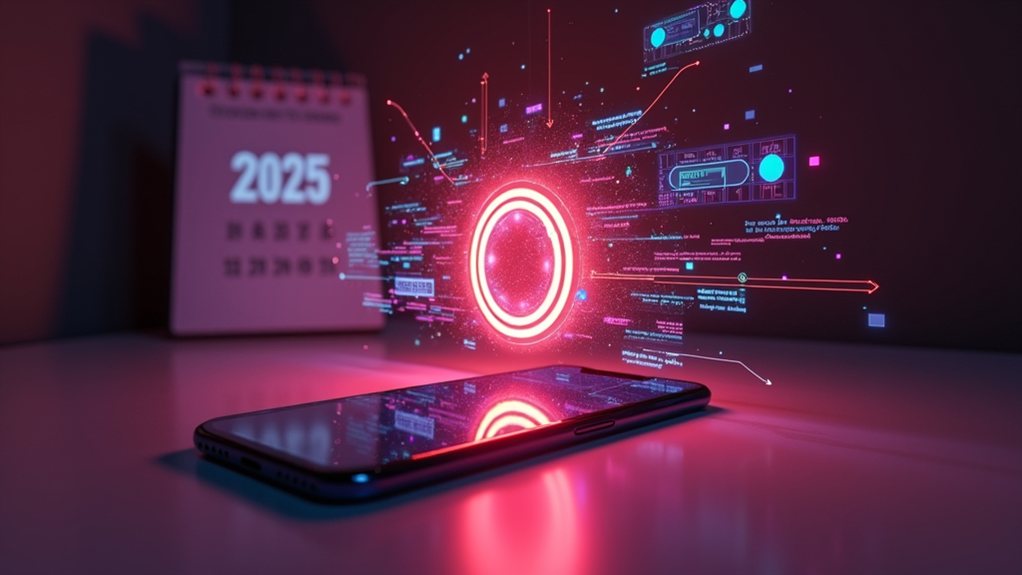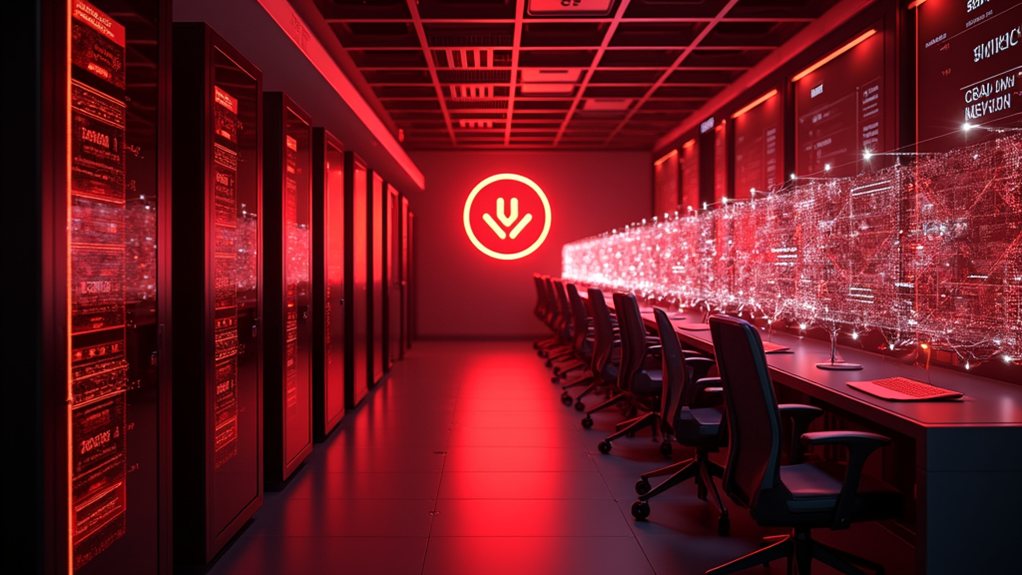While technology races forward at breakneck speed, deepfakes have entered frightening new territory. Today’s synthetic media doesn’t just look real—it feels real. AI voice cloning now captures emotional nuance and speech quirks from just half a minute of audio. Pretty terrifying stuff. These aren’t your clunky, obvious fakes from five years ago. They’re hyper-realistic representations that fool even trained eyes. Voice deepfakes have actually surpassed visual ones in fraud cases, which says a lot about how far we’ve come. Or fallen, depending on your perspective.
The detection technology? Laughably behind. Researchers evaluated 16 leading detectors and found all of them falling flat in real-world conditions. Not a single one could reliably spot today’s sophisticated fakes. The problem is obvious—these tools train on yesterday’s deepfakes while criminals use tomorrow’s technology. These detectors especially struggle with non-celebrity deepfakes that fall outside their training data. It’s like bringing a knife to a gunfight, except the knife is actually a plastic spoon. Social media platforms continue to struggle implementing effective detection methods despite mounting pressure.
Hope isn’t completely lost, though. Multi-layered approaches combining AI tools with human expertise show promise. Experts now deploy metadata analysis alongside behavioral analytics and techniques like facial X-ray imaging to catch physical inconsistencies too subtle for conventional detection. Capsule Networks paired with GAN-based anomaly detection can spot artifacts invisible to traditional systems. The real advancement is in redundancy—no single point of failure.
Some technical solutions look particularly promising. Lightweight convolutional neural networks optimized with specific hyperparameters (learning rate 0.001, batch size 10, 40 epochs) deliver both speed and accuracy. These systems incorporate Leaky ReLU activation and carefully tuned neuron counts to balance performance with efficiency. Some even use zero-knowledge proofs and cryptographic methods to secure the detection results themselves. The innovative TrustDefender system offers a promising two-stage approach achieving over 94% classification accuracy while maintaining privacy by keeping raw frames on-device.
What’s clear is that we’re in an arms race. Deepfake creators advance their techniques; detectors scramble to catch up. Today’s most effective approaches combine technical sophistication with cross-sector collaboration between security professionals, academics, and industry leaders.
The truth is, AI will likely be our best defense against AI-generated deception. Ironic? Absolutely. But in a world where seeing isn’t believing, we need every tool available—and quickly. The hyperreal fakes aren’t coming. They’re already here.

